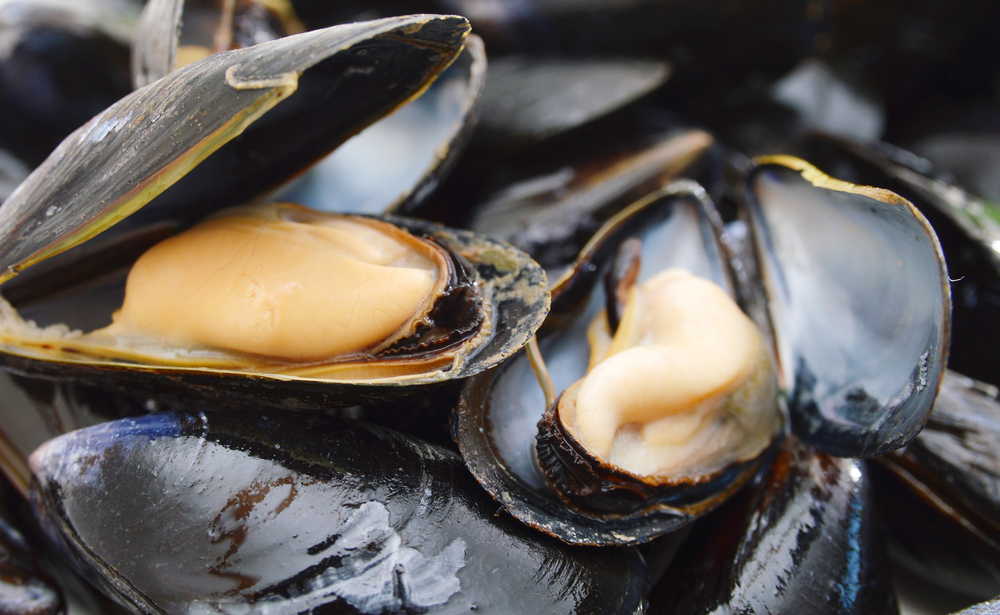
MANILA — The Bureau of Fisheries and Aquatic Resources (BFAR) on Thursday warned consumers against shellfish caught in Bataan peninsula’s coastal waters which remained infected by red tide.
Shellfish Bulletin No. 12-2014 lifted the red tide warning only on areas other than the Bataan Peninsula.
Towns of Mariveles, Limay, Orion, Pilar, Balanga, Orani, Abucay and Samal to have coastal waters remaining positive for paralytic shellfish poison were specifically named.
“All types of shellfish and acetes or alamang gathered and collected from Bataan are not safe for human consumption,” BFAR said also reminding consumers to thoroughly wash and remove the internal organs of fish, shrimps and crabs caught in any of the areas mentioned before cooking.
According to BFAR, red tide is used to describe all events in which the water is discolored by high algal biomass or concentration of algae.
Unlike the ordinary connotation of red tide, the water discoloration involved may not necessarily be red in color but it may also appear in yellow, brown, green, blue or milky depending on the organism involved and may also be characterized as harmful or harmless.
Red tides are characterized by the existence of harmful algal bloom (HAB) or the blooms of toxic and non-toxic algae that causes water discoloration and are dangerous due to the algal toxin they contain.
In the Philippines, paralytic shellfish poisoning caused by these algal blooms has caused 117 deaths affecting all age group between 1983 and 2002.
Data courtesy BFAR Shellfish bulletin posted on BFAR website.